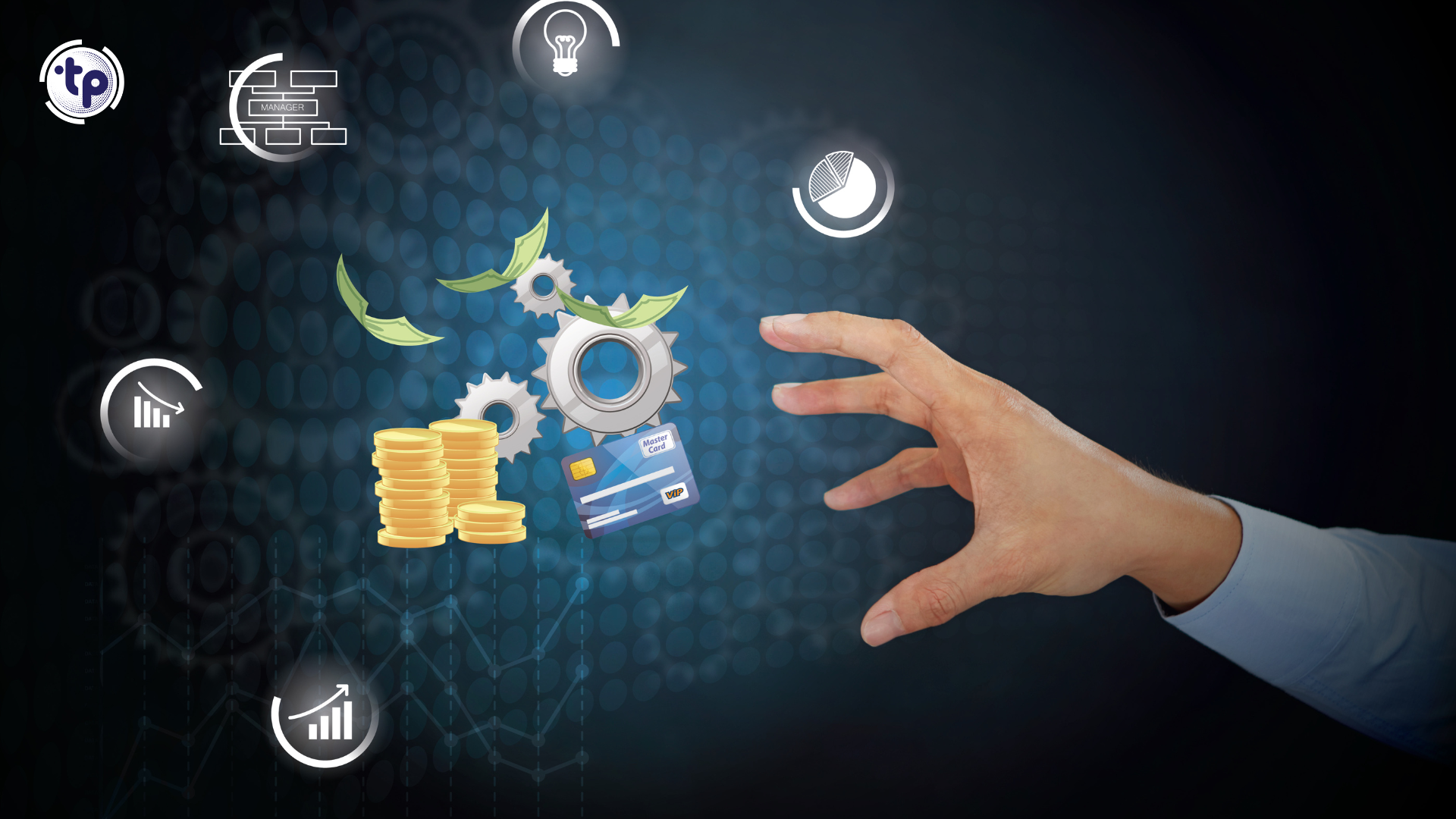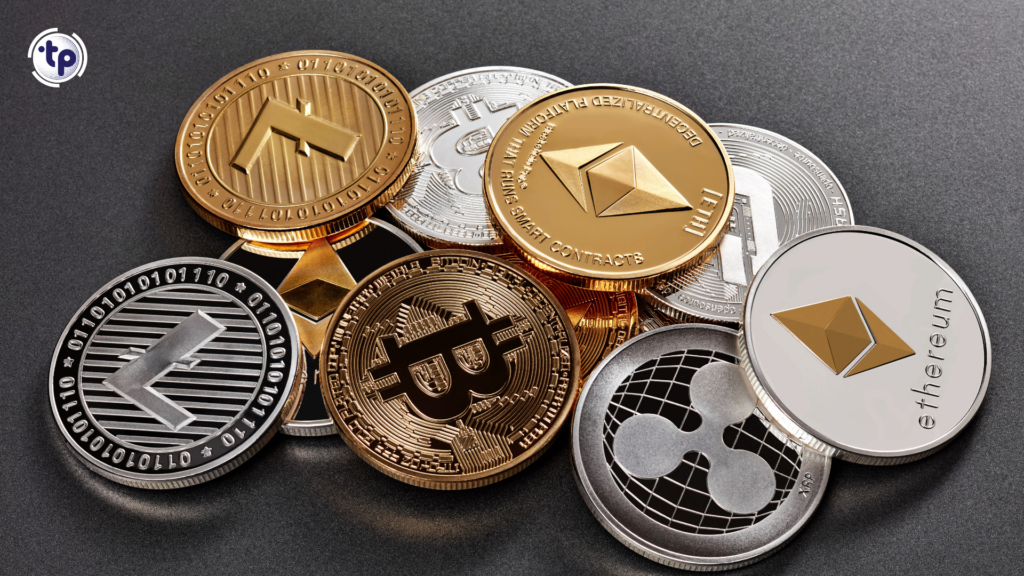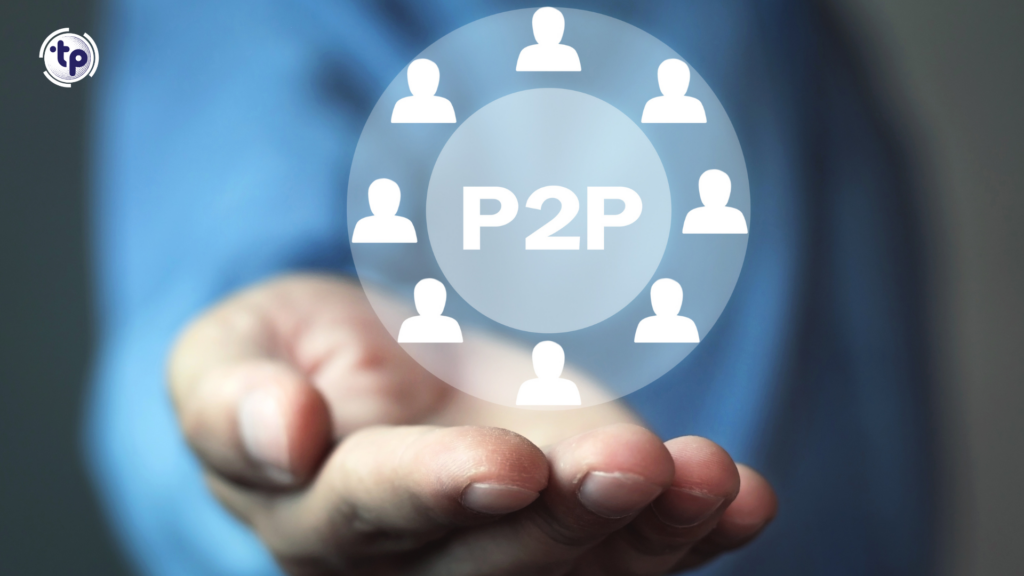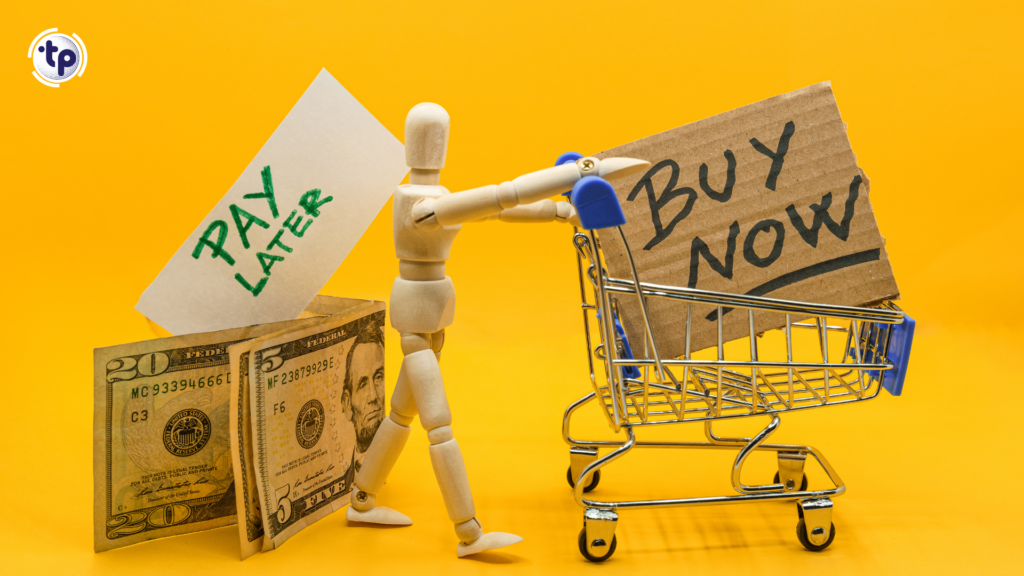Address
304 North Cardinal St.
Dorchester Center, MA 02124
Work Hours
Monday to Friday: 7AM - 7PM
Weekend: 10AM - 5PM
Address
304 North Cardinal St.
Dorchester Center, MA 02124
Work Hours
Monday to Friday: 7AM - 7PM
Weekend: 10AM - 5PM

Get Ease Your Payments

Alternative Payment Methods – The way people pay for goods and services is evolving rapidly. Traditional credit and debit card transactions are no longer the only options, as consumers increasingly seek faster, more secure, and more convenient payment methods. Whether you’re a business owner looking to expand your payment options or a consumer searching for seamless transaction experiences, understanding alternative payment methods is crucial in today’s digital economy.
From mobile wallets and cryptocurrency to buy-now-pay-later (BNPL) services, the financial landscape is shifting toward innovation and flexibility. These alternative payment solutions not only cater to changing consumer preferences but also help businesses improve conversion rates, reduce transaction costs, and enhance security.
For businesses operating globally, adopting diverse payment methods is essential to accommodate different customer behaviors. For example, while digital wallets dominate in Asia, cryptocurrency is gaining traction in various industries worldwide. Meanwhile, BNPL services are transforming the e-commerce space, enabling shoppers to make purchases without upfront financial strain.
In this blog, we will explore the top five alternative payment methods that are revolutionizing the way we transact. Whether you’re a merchant looking to enhance customer convenience or a consumer exploring modern payment trends, this guide will help you stay ahead in the evolving world of digital payments. Let’s dive in!

The way we make payments is changing rapidly, and digital wallets are at the forefront of this revolution. As consumers seek faster, more secure, and hassle-free transactions, digital wallets are emerging as the go-to solution for modern payments. Whether you’re shopping online, making in-store purchases, or even transferring money to friends, these fintech innovations are transforming the financial landscape.
One of the biggest advantages of digital wallets is their unmatched convenience. With just a few taps on a smartphone, users can complete transactions within seconds—no need to carry cash or even a physical card. Contactless payments powered by digital wallets make in-store purchases seamless, reducing checkout times and improving customer experiences.
Security is a major concern in today’s digital age, and digital wallets offer robust security measures to protect transactions. Features like tokenization, encryption, and multi-factor authentication make digital wallets far more secure than traditional payment methods. Additionally, many wallets require biometric verification—such as fingerprint or facial recognition—adding an extra layer of protection.
With smartphones becoming an essential part of daily life, digital wallets seamlessly integrate into users’ mobile experiences. Whether through NFC (Near Field Communication) or QR codes, payments can be processed quickly and efficiently. Digital wallets also sync with banking apps, making it easier to track expenses and manage finances.
Some of the most widely used digital wallets include Apple Pay, Google Pay, Samsung Pay, PayPal, and Venmo. These platforms offer a variety of features, including peer-to-peer transactions, international payments, and even rewards programs for frequent users.
As digital transactions continue to evolve, embracing digital wallets is no longer an option—it’s a necessity for businesses and consumers alike. 🚀

Cryptocurrency has transformed the way people perceive and conduct financial transactions. Unlike traditional banking systems, cryptocurrencies operate on decentralized networks, offering a new level of security, transparency, and accessibility. As digital transactions continue to evolve, cryptocurrencies are becoming a viable alternative to conventional payment methods.
At the core of cryptocurrency lies blockchain technology, a decentralized ledger system that records transactions across multiple computers. This technology ensures transparency, immutability, and security, making fraud and unauthorized alterations nearly impossible. Blockchain eliminates the need for intermediaries, reducing transaction costs and increasing processing speed.
While Bitcoin (BTC) remains the most well-known cryptocurrency, several others have gained traction for daily transactions:
Despite its benefits, cryptocurrency comes with market volatility, where prices fluctuate rapidly. Additionally, security risks like hacking and the lack of regulatory oversight can create uncertainties for users. While some merchants accept crypto, mass adoption is still growing.
As fintech innovations continue to shape the financial ecosystem, cryptocurrency is undoubtedly a game-changer, offering both opportunities and challenges for digital transactions. 🚀

The rise of peer-to-peer (P2P) payment apps has revolutionized the way people transfer money, making transactions faster, easier, and more convenient. Whether splitting a restaurant bill, paying rent, or sending money to family overseas, P2P payment systems provide a seamless solution for instant digital transactions.
P2P payment systems allow users to send money directly to another person through a mobile app or website. These platforms connect to users’ bank accounts, credit cards, or digital wallets, enabling smooth fund transfers. The biggest advantage of P2P payments is speed and accessibility, eliminating the need for cash or traditional banking processes.
Several top P2P payment platforms dominate the market, each offering unique features:
P2P apps are widely used for:
To ensure secure payment options, P2P platforms use encryption, two-factor authentication (2FA), and fraud detection systems. However, users should avoid sending money to unknown contacts and be cautious of scams.
As fintech innovations continue to grow, P2P payment apps are making contactless payments and digital transactions more efficient and accessible worldwide. 🚀

The Buy Now, Pay Later (BNPL) model has become one of the fastest-growing fintech innovations, offering consumers a flexible way to make purchases without upfront payments. Whether shopping for electronics, clothing, or travel, BNPL services provide instant financing with minimal credit checks, making them an attractive alternative to traditional credit cards.
BNPL services allow shoppers to split their purchases into multiple interest-free installments over weeks or months. At checkout, users choose BNPL as their payment method, pay a fraction of the total amount, and repay the rest in scheduled installments. Some providers charge interest for extended repayment periods, but many short-term plans remain interest-free.
Several major players dominate the BNPL space, each offering unique features:
While BNPL is convenient, missed payments can lead to fees and affect credit scores. Additionally, impulse spending may increase, leading to financial strain.
As the demand for contactless payments and digital financing grows, BNPL is reshaping the future of consumer spending, making flexible payments more accessible than ever. 🚀
As digital transactions evolve, security remains a top priority for consumers and businesses. Biometric payments are emerging as a revolutionary secure payment option, allowing users to authorize transactions using unique biological traits like fingerprints, facial recognition, or even iris scans. By eliminating passwords and PINs, biometric authentication enhances both security and convenience in the payment industry.
Biometric authentication is being integrated into various payment systems, including:
Despite its benefits, biometric payments raise privacy concerns regarding the storage and misuse of personal data. Businesses must comply with data protection regulations and ensure encryption to prevent breaches. Consumers should also use trusted fintech innovations to safeguard their biometric information.
Major brands like Mastercard and Amazon are experimenting with biometric payment solutions, while governments explore its potential for cross-border transactions. As technology advances, biometrics could become the standard for secure online transactions, making traditional payment methods obsolete. 🚀
The world of digital payments is evolving at an unprecedented pace, and alternative payment methods are at the heart of this transformation. As consumers seek more secure, convenient, and flexible ways to transact, businesses must adapt to keep up with these innovations. From biometric payments and cryptocurrency transactions to Buy Now, Pay Later (BNPL) services, the variety of options available today is reshaping how we perceive financial transactions.
One of the key drivers behind the rise of alternative payment methods is the growing demand for contactless and digital transactions. Consumers are moving away from traditional cash and card payments, embracing new solutions that prioritize speed and security. Biometric authentication, for example, eliminates the need for passwords and PINs, allowing seamless, fraud-resistant payments. Similarly, cryptocurrency is gaining traction as a borderless, decentralized payment solution, offering lower transaction fees and greater financial freedom.
Another significant trend is the expansion of P2P payment apps and mobile wallets, making alternative payment methods more accessible to a global audience. These platforms enable quick, hassle-free transfers, whether for everyday purchases, international remittances, or business transactions. Meanwhile, BNPL services provide flexible financing, allowing consumers to split payments into manageable installments without relying on traditional credit cards.
Despite the numerous benefits, businesses and consumers must also consider the challenges associated with alternative payment methods. Security risks, data privacy concerns, and regulatory uncertainties remain major factors that need to be addressed. Companies must implement robust fraud prevention measures and comply with financial regulations to maintain trust and credibility.
Looking ahead, the continued innovation in fintech solutions will drive even greater adoption of alternative payment methods. As technology advances, we can expect further integration of AI, blockchain, and biometric security into digital payment ecosystems. Businesses that embrace these trends early will gain a competitive edge, offering customers secure, efficient, and user-friendly payment experiences.
Ultimately, alternative payment methods are not just a trend—they represent the future of financial transactions. Whether you are a consumer looking for secure online transactions or a business aiming to enhance customer satisfaction, adopting these modern payment solutions is no longer optional—it is essential for long-term success. 🚀 Follow Twigo Payments